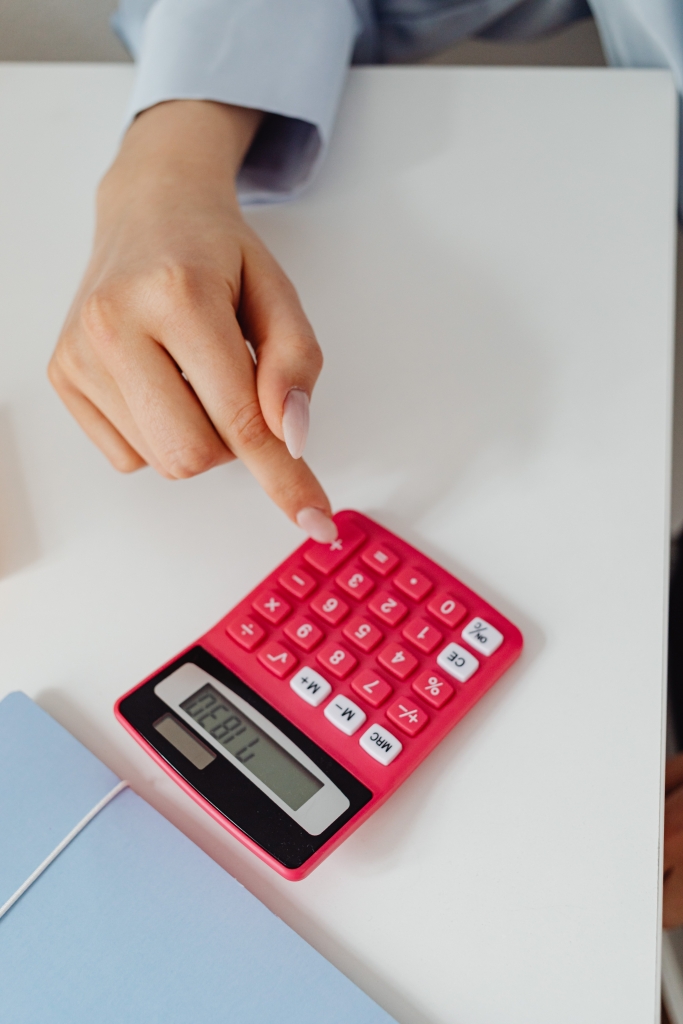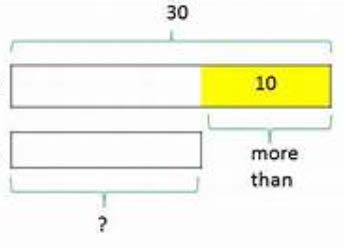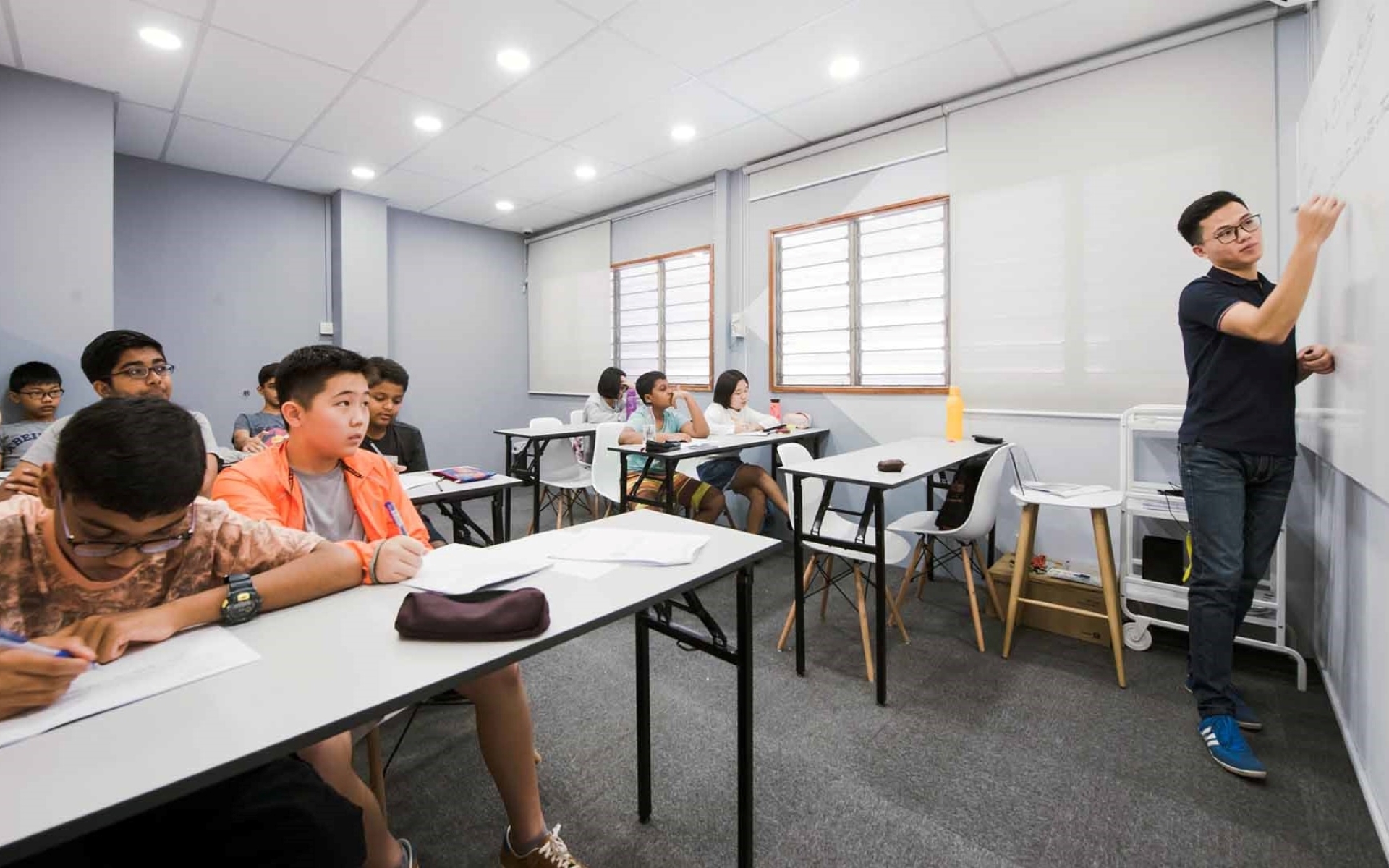While students are not able to control the difficulty of the paper, they determine how many marks they lose due to their inattentiveness and lack of focus. Attention and focus, two exam skills often overlooked by students, resulting in careless mistakes which affect performance in the maths exam.
The stressful exam environment could affect students’ focus and confidence. Hence, students are more prone to making mistakes in such situations. Taking note of these common careless mistakes, as well as the tips to overcome them, will allow students to maximise their performance.
A few lost marks caused by these careless mistakes can easily affect student’s grades, e.g. dropping from AL1 to AL2.
Types of Common Careless Mistake & Steps to Overcome Them
(1) Lack of Attention to Detail
A whole formula or solution can be ruined due to the below situations:
- a decimal point is misplaced, or a number is transferred wrongly from a step to the next
- miscalculation when students inaccurately transfer their answers
- forgetting to put units or forgetting to convert to required units
- skipping steps or keying in the wrong numbers in the calculator
Such missteps can result in the loss of significant marks.
- Double and triple check
When you are transferring your answers from your work to your answer sheet, it is important to double-check your answers. This is especially important when you are transferring your MCQ answers to the OAS.
- Check that all your answers tally with the questions.
- It is recommended you fill your OAS as you complete each question. Refrain from transferring all at one go before the end of the exam as you might forget and be careless when transferring.
- Read the question again
Common sense is not common when you are under stress and anxiety, hence students should always read the question again (double and triple-check) to ensure that they do not miss out on anything important.
Is the question asking for a specific unit of measurement at the end? Did you accidentally calculate for the wrong variable? Does your answer sound logical?
- Try not to skip steps
Be it for MCQ or long questions, avoid relying on mental calculation and list down every step.
Write it all out: it not only helps to minimise errors, it is also helpful to spot any errors easily when checking your work or reviewing your answers before submitting your paper.
- Key your calculations into the calculator at least 2 times
This is to ensure that you have correctly calculated your answer. Should your answers not tally, calculate again until you get the same answer each time.

(2) Not Reading the Question Thoroughly
As you will probably feel anxious taking an exam, it is possible that you might assume that the given question is the same as similar ones you may have encountered in assessments and practice. Hence, you may end up using the working from an entirely different question to answer the one in the exam.
- Never make assumptions about what the question is asking.
- Do not simply memorise past questions and answers.
- Highlight important points within the question.
- Stay focused and take the time to re-read the questions when they have multiple scenarios or are more complicated.
- Try to rephrase or extract the problem mentioned in the question to understand it.
(3) Misunderstanding the Question
It is important to know that some questions in PSLE math are tricky and are there to trick students into applying the wrong concepts. These questions test students’ ability to extract the needed information to solve the question.
Reading too fast or misreading the question can lead to students applying the wrong concepts in the question.
- Read the question at least 2-3 time
- If you are unsure or unclear what they are looking for, read again.
- Read line by line and especially the final question – what they are looking for.
- Highlight or underline what is given and what the final question requires you to find.
- For a long working question, it is important to reread the question every now and then to recall the final objective of the question. This is so as to keep yourself on track with the question and ensure that you are not solving for the wrong thing.
(4) Using shortcuts
Shortcuts are a great way to help students save time during the examination. BUT, some shortcut methods are only used for specific questions. UNLESS you have tried and tested it on multiple questions and it always works, it is best that students avoid a shortcut that they rarely use or have never used before.
When you use shortcuts, you are essentially losing out on precious marks. If your final answer is not right, you will not be awarded many marks because the examiner is unable to give you any method marks if your work has only 2 lines.
- Write down all the workings that lead you to your final answer
This prevents you from losing any method marks and should you get the final answer wrong, you might be awarded “error carried forward” marks if you show your working and understanding clearly
(5) Applying the Wrong Formula or Remembering a Formula Incorrectly
In a time-sensitive exam situation, students could easily mix up some important formulas which could affect not just one, but multiple questions that rely on these formulas. Choosing the right one to answer each question is critical.
- Create a consolidated and personalised formula sheet by noting down all the key formulas, especially the complex ones and common misused formulas, e.g. angles, volume, speed, polygons.
- Refer to it when you really cannot remember or read it once every night before bed time.
- Constantly test your memory and apply these formulas to questions without referring when you are doing your past year papers and other practices.
- Write the formulas next to a specific question if necessary. This would provide clarity from the start, bolstering your confidence in tackling tough questions while resolving any lingering uncertainty.
(6) No Illustrations or Bad and Unclear Illustrations
The most well-known feature of Singapore PSLE math is the modelling concept. Models and other types of illustrations are taught to aid in solving mathematical problems. These methods provide a visual aid for understanding and solving question better. So use them!
When students skip the model drawing or illustrations to “save time” or draw a badly labelled illustration, this can result in loss of marks. When you label your models badly, you can lose method marks when the examiner does not understand what you are trying to express. It is even more difficult to award you marks if you do not even draw a model.

- Draw a clearly labelled illustration for questions that allow you to do so.
- Brush up on your illustrations when revising for PSLE math. Make it a habit to always express your answers and understanding as illustrations or working so it comes naturally to you during the PSLE math exam.
Practice not making these mistakes during your practice and inculcate such exam skills. All these common mistakes can be avoided with extra caution and attention paid during the exam.

 Like us
Like us



